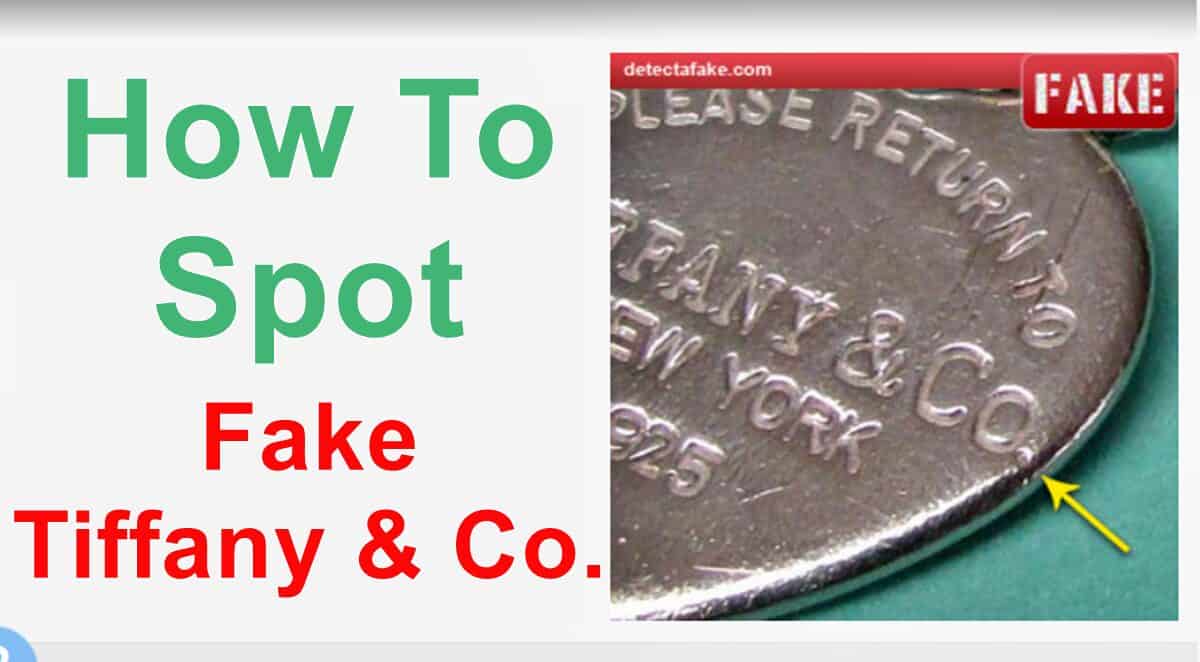How to detect fake Tiffany & Co. Jewelry
| Step | Aspect | How to Verify |
|---|---|---|
| 1 | Overall Quality | Check for alignment issues and misspelling. |
| 2 | Chain Links | Ensure links are soldered; no visible breaks. |
| 3 | Stamping | Verify centered stamping, not too close to the edge. |
| 4 | Silver Items | Look for “925” or “Sterling” stamp; check alignment. |
| 5 | Wear and Tear | Authentic silver won’t show other colors when worn. |
| 6 | Stamps’ Font | Examine font style and alignment for inconsistencies. |
| 7 | “PLEASE RETURN TO” | Ensure there’s a space between words in the stamp. |
| 8 | Clear Stamps | Confirm all stamps are legible without fading. |
| 9 | Tiffany Font | Scrutinize every letter for authenticity. |
How to detect fake Tiffany & Co. Jewelry: Welcome, dear readers, to a journey where we uncover the mystique behind Tiffany & Co. jewelry. Founded in 1837 in the heart of New York City, Tiffany & Co. has evolved into a symbol of luxury and excellence, particularly in the realm of jewelry. However, with this prestige comes the inevitable influx of counterfeit products, masquerading as the real deal. In this guide, we’ll equip you with the knowledge to distinguish genuine Tiffany & Co. pieces from their deceptive counterparts.
Identifying Genuine Tiffany & Co. Jewelry: A Step-by-Step Guide
Step 1: Overall Quality When scrutinizing Tiffany & Co. jewelry, your initial checkpoint is overall quality. Beware of alignment issues or misspellings that may betray a counterfeit item. Genuine Tiffany & Co. products uphold the highest standards in craftsmanship, so any deviations may indicate a fake.
Example: Imagine purchasing what appears to be a stunning Tiffany & Co. necklace, only to later discover subtle misalignments in the engraving, an immediate red flag that hints at its inauthenticity.
Step 2: Chain Links For pieces with chains, focus your attention on the links. Authentic Tiffany links are seamlessly soldered, leaving no visible breaks. If you detect unsoldered links or visible soldering points, it’s likely a counterfeit.
Example: Picture a counterfeit Tiffany bracelet with loosely connected links, a clear sign that the meticulous craftsmanship of the authentic brand is absent.
Step 3: Stamping Examine the stamping on the jewelry. Genuine Tiffany & Co. pieces boast centered and appropriately placed stamps. Any deviation, such as stamps too close to the edge, raises suspicion.

Example: Consider a counterfeit ring with poorly centered stamping, immediately signaling its lack of authenticity upon closer inspection.
Step 4: Silver Items For silver items, look for the “925” or “Sterling” stamp. Authentic pieces exhibit proper alignment, following the contours of the jewelry. If absent or misaligned, it’s likely a fake.
Example: Imagine acquiring what seems like a sterling silver Tiffany pendant, only to discover the absence of the “925” stamp upon careful examination.
Step 5: Wear and Tear When dealing with used items, inspect for wear. Authentic Tiffany silver, being solid, maintains its color even with extended use. In contrast, fake items, often silver-plated, reveal different colors beneath the surface when worn.
Example: Picture a counterfeit Tiffany bracelet showing signs of wear with patches of discolored metal, exposing its fraudulent nature.
Step 6: Stamps’ Font Carefully analyze the font of the stamps. Genuine Tiffany & Co. stamps feature wide, aligned numbers and clear vertical straightness. Inauthentic items may showcase thin numbers and irregularities.
Example: Envision comparing a genuine Tiffany necklace with a fake one, noticing the stark differences in font, especially the misaligned numbers on the counterfeit piece.
Step 7: “PLEASE RETURN TO” Another subtle detail to observe is the “PLEASE RETURN TO” stamp. Counterfeits often neglect proper spacing between words, creating a distinct “PLEASERETURNTO” appearance.
Example: Envision a counterfeit Tiffany keychain with a poorly spaced “PLEASE RETURN TO” stamp, immediately raising doubts about its authenticity.
Step 8: Clear Stamps Ensure that all stamps are legible without fading. Counterfeit items may exhibit poorly imprinted or fading stamps, signaling their lack of authenticity.
Example: Consider a counterfeit Tiffany bracelet where the stamps fade away at the bottom, rendering them illegible and indicating their fraudulent nature.
Step 9: Tiffany Font Lastly, scrutinize the “Tiffany” font on the item. Genuine Tiffany & Co. pieces showcase consistent and authentic fonts, while counterfeits may display inconsistencies.
Example: Visualize comparing the fonts of a genuine Tiffany ring with a fake one, revealing noticeable differences and exposing the latter as a counterfeit.
FAQs:
Q: Can I trust online platforms for purchasing Tiffany & Co. jewelry?
- A: While reputable online platforms exist, exercise caution and ensure the seller provides detailed images and information about the item’s authenticity.
Q: Are there specific tools for detecting fake Tiffany & Co. jewelry?
- A: Authenticating Tiffany & Co. jewelry often requires visual inspection. However, professional jewelers may use specialized tools to further verify authenticity.
Q: Do all Tiffany & Co. items have the “925” or “Sterling” stamp?
- A: While common in silver items, not all Tiffany & Co. pieces have these stamps. Some may bear different markings based on the material.
Q: Are Tiffany & Co. items without wear signs always authentic?
- A: While wear signs can indicate authenticity issues, some well-maintained authentic items may show minimal wear. It’s essential to consider other factors in conjunction.
Q: How can I ensure the Tiffany & Co. jewelry I purchase retains its value?
- A: Keep original packaging, receipts, and certificates of authenticity. Regularly clean and maintain your jewelry, and consider professional appraisals for insurance purposes.
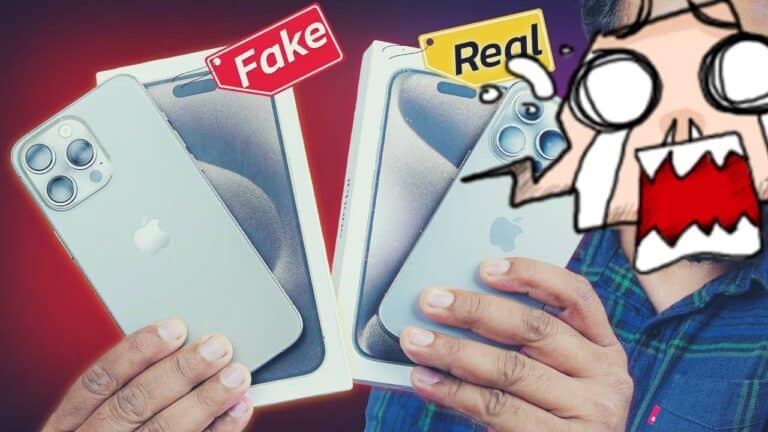
How To Check if iPhone 15 Pro Max is ORIGINAL or FAKE with Screenshots
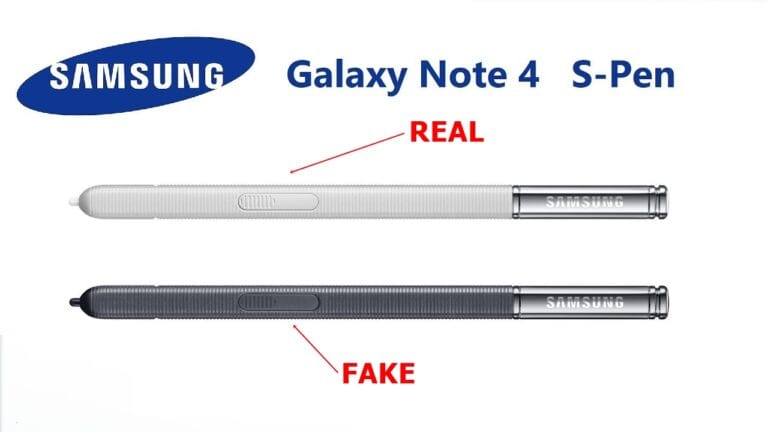
How can I tell if my S Pen is a real Samsung S Pen and not a fake?
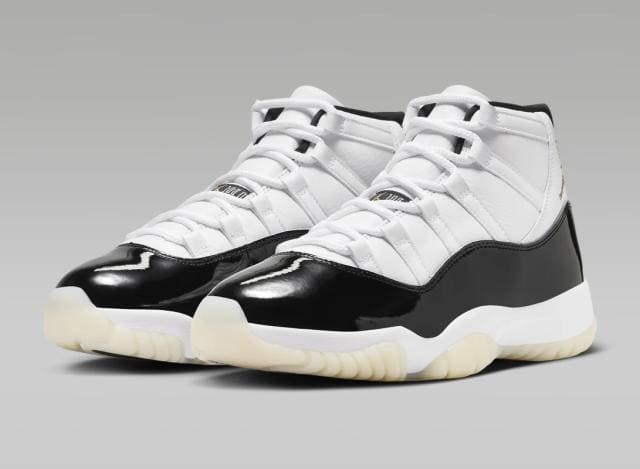

An Agreement to Include Generative AI in iPhones Is Being Discussed Between Apple and Google

Keep quiet! Please remain silent when receiving the Mega Millions jackpot. Now, complete this.


Looking for a job in the US? Move to These Cities where Employment is Booming

Samsung Ballie, its Pokemon Style home robot, Announced with a few upgrades at CES 2024

Apple Vision Pro: company’s stock surged on Monday, marking its first day gain of 2024 shares.

Stress Less and Earn More: These are the low-stress occupations for you in 2024

How to detect fake BOSE Headphones | How to Spot a Fake Bose Headphone
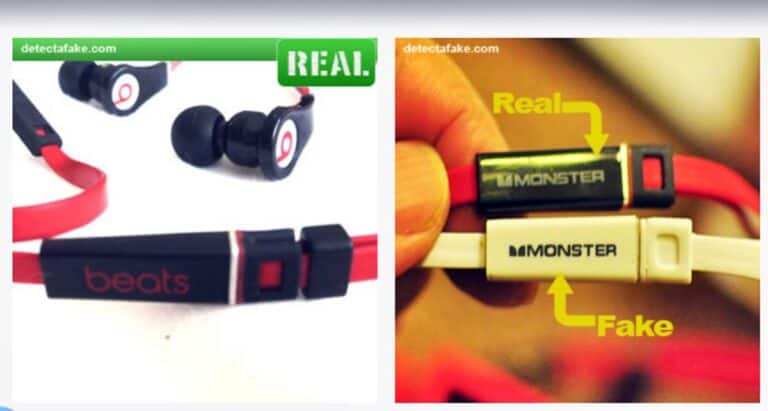
How to detect fake Beats by Dr Dre Earbuds | 4 Ways to Tell if Beats Are Fake

How to detect fake 50 dollar Bills | How to Detect Counterfeit US Money

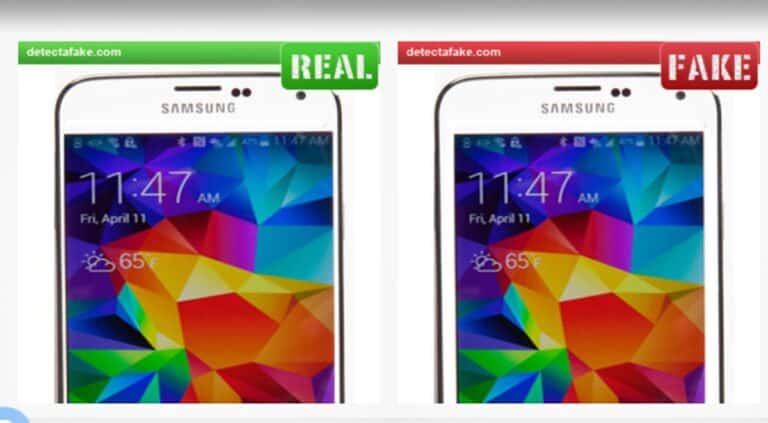
How to detect fake Samsung Galaxy S5 | How to recognize a real Samsung Galaxy S5

How to detect fake Samsung Galaxy Note 4 | How to recognize a real Samsung Galaxy Note 4


How to detect fake Apple iPhone 6 & 6s | Fake iPhone 6S- How To Identify?
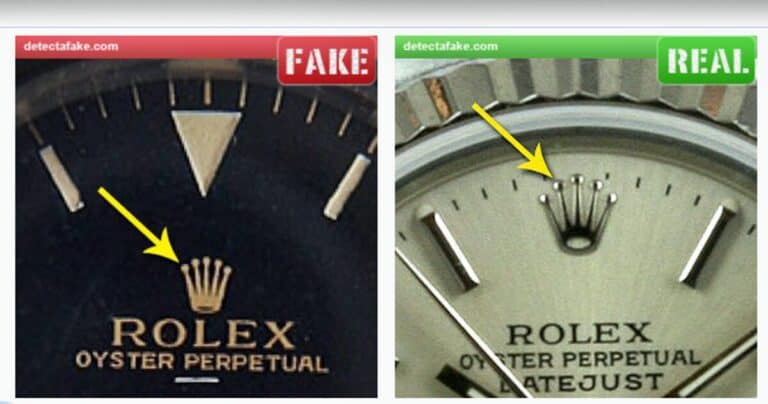
How to detect fake Rolex Watches | 14 Simple Ways to Spot a Fake Rolex Watch

How to detect fake Tag Heuer Carrera Calibre 1 | How to Check the Authenticity of Tag Heuer Watches

